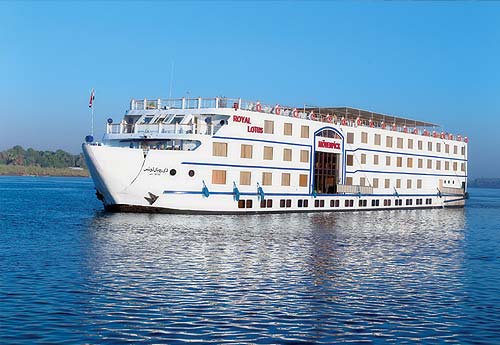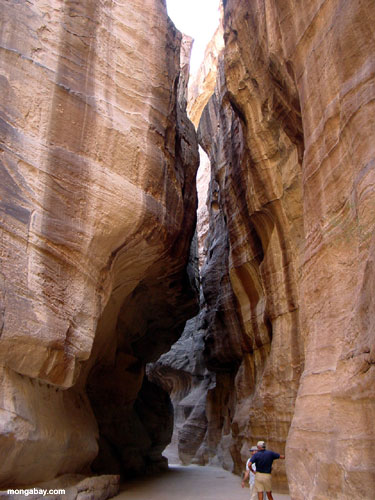Karnak Temple |
The complex is an open-air museum and the largest ancient religious site in the world. Also, It is the second most visited historical site after Giza Pyramids. It consists of four main parts of which only the largest is currently open to the general public. Situated a 2 or 3 Km from Luxor temple, ancient capital of Thebes. Karnak temple is divided in 3 main parts. The temple was dedicated to the Theben triad of Amun, Mut and Khonsu as each Pharaoh wanted to enlarge and embellish it. The biggest part of the temple is the most conserved because a large work of restauration. This part is dedicated to God Amun. Karnak temple was constructed by a several pharoahs. The smallest part is dedicated to God Khonsu and the last part dedicated to the godess Mut. The temple of Karnak was known as Ipet-isut, It is a complex of temples built over 2000 years makes the temple one of the most beautiful complex buildings of antiquity. For two thousand years was a vast Karnak. Karnak is famous with its Hypostyle Hall in the Precinct of Amun-Re, with 134 massive columns arranged in 16 rows. 122 of these columns are 10 meters tall, and the other 12 are 21 meters tall with a diameter of over three meters. The temple of Karnak over 4,000 years contains several small temples, at the time of its splendor was only reserved for the clergy. The layman was not allowed to enter, he saw only the high brick walls surrounding the colossal. There is an alley consists of twenty-headed sphinxes with a representation of Ramses II between the paws of the Sphinx. This alley called Dromo conected Karnak temple with Luxor Temple. The sacred lake of the temple of Karnak was in the time of Amenhotep III, Pharaoh of the Eighteenth Dynasty as priests were ritual ablutions four times a day. |








